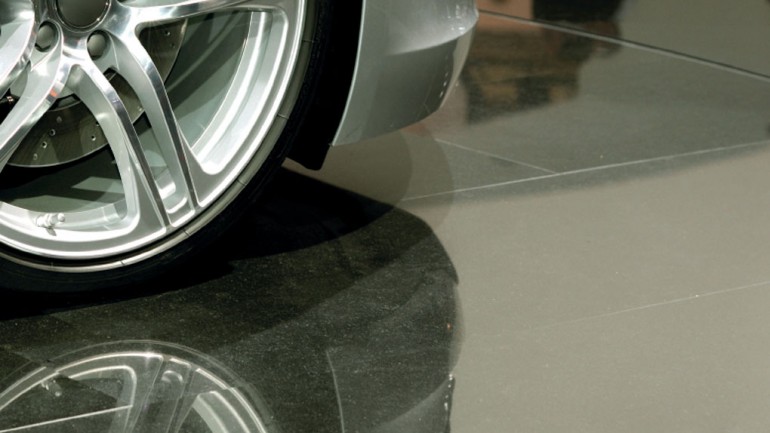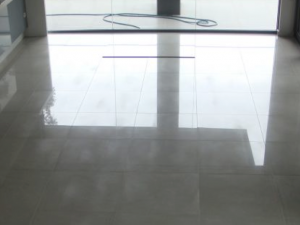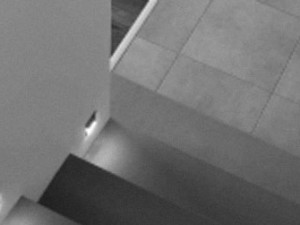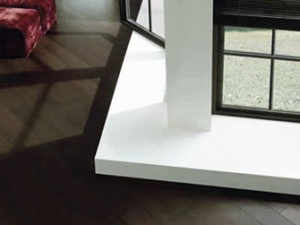
Stylish and durable, ceramic and porcelain tiles have gained their well-deserved popularity among architects and interior designers, as well as among millions of private customers. This practical and unpretentious material has a wide range of colors, sizes, designs and textures. Tiles are not afraid of water, chemicals and dyes. It is an ecological and hygienic material that does not burn, does not emit harmful substances, does not melt or rot. Unlike the linoleum, carpet or wood flooring, it does not warp and cannot be damaged by the weight of heavy furniture; it does not fade in the sun and does not cause any difficulties with cleaning. All these features make it an ideal finishing material in residential and commercial premises, as well as in public places.
One of the main technical characteristics of high-quality ceramic and porcelain tiles is their high degree of abrasion/wear resistance. There is an international test of surface wear resistance developed by the Porcelain Enamel Institute and known as PEI scale. According to this system, tiles are divided into five groups which we are going to discuss in more detail below.
So, the first category is PEI-I. The tiles with coefficient PEI-I have low wear resistance, and therefore they are suitable only for private apartments and houses for spaces which are not constantly used (bathrooms, for example), but it is not recommendable to lay such tiles in corridors or living-rooms. Next in the list are categories PEI-II and PEI-III. Tiles with these coefficients are more wear resistant. Floor tiles with PEI-II can be used in all residential areas, and PEI-III tiles are suitable, for example, for offices with relatively low traffic. Finally, tile categories PEI-IV and PEI-V are the most durable and wear resistant ones. They can be installed in places with high traffic of people, such as shopping malls, hotels, train stations, subway, etc.
Along with the PEI scale, a very important factor is the MOHS coefficient, which determines the degree of hardness of surface, and hence the degree of resistance to scratches and damage. The material is tested by scratching it with natural minerals and, depending on the obtained results a coefficient on a scale from 1 to 10 is assigned to it, with 10 – the hardest material and 1 – the softest. This coefficient is very important to consider when choosing floor tile. It is advisable that a wall tile would have a MOHS of at least 4 and a floor tile should be at least 6 (or 7 for more demanding areas).
Such scales as PEI and MOHS, as well as other international classification systems, which we are going to discuss in our next posts, without any doubt benefit the customers helping them choose the right material depending on the requirements and features of their project.



